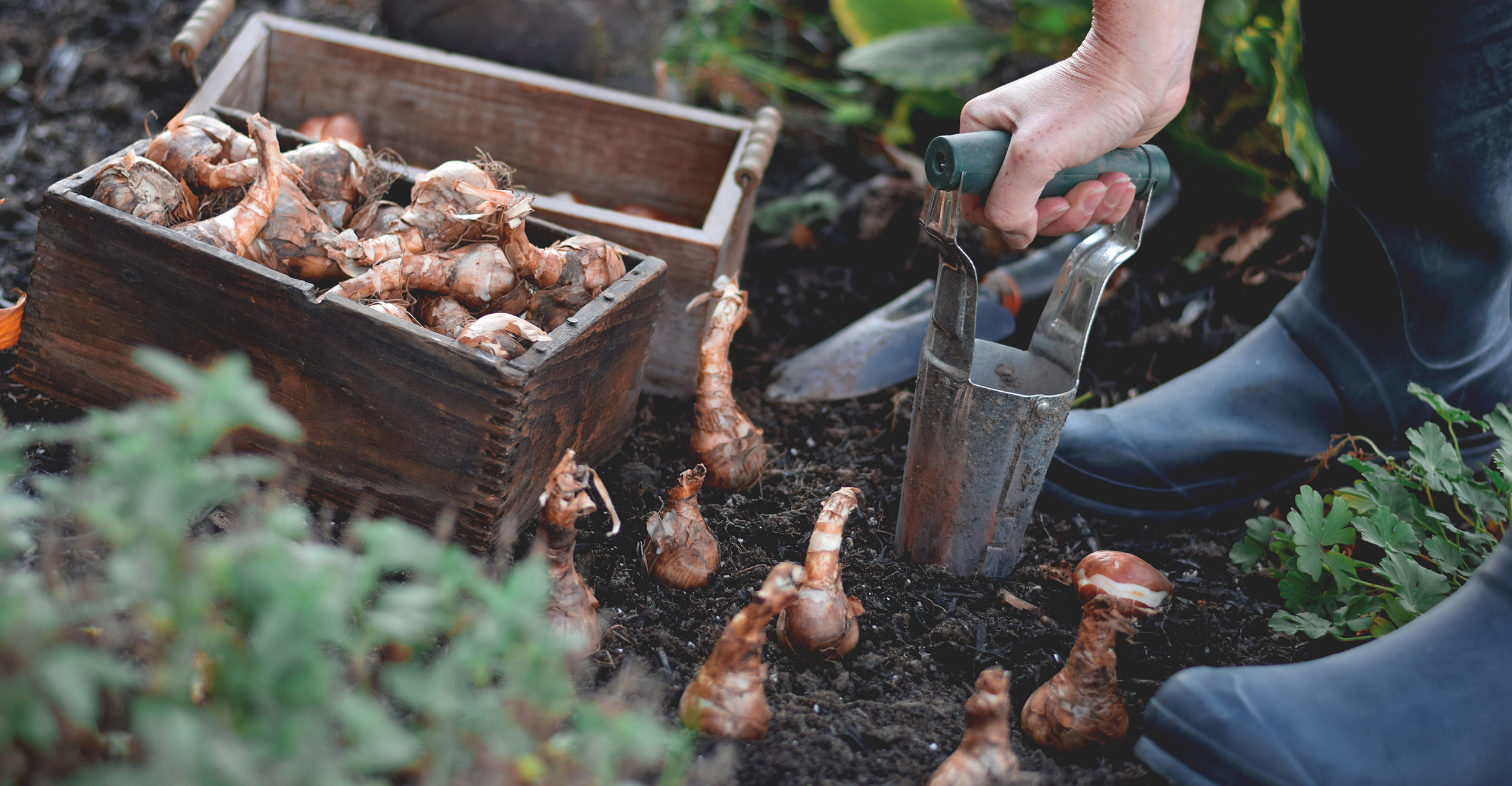
Plant spring bulbs during the prime months of fall
Thursday, September 28, 2023
Media Contact: Trisha Gedon | Sr. Communications Specialist | 405-744-3625 | trisha.gedon@okstate.edu
The petals on the summer flowers may be curling and turning brown now, but gardeners can look forward to vibrant colors next year by planting spring-flowering bulbs soon.
Late September through mid-November is the ideal time for gardeners to start planting, depending on the location in Oklahoma, said David Hillock, Oklahoma State University Extension consumer horticulturist.
“To get the best quality bulbs, order early or visit the local garden store soon,” Hillock said. “Gardeners will have a larger variety of cultivars and species to choose from in a catalog, but selecting bulbs in person gives gardeners a chance to inspect them before making a purchase.”
Why are spring flowering bulbs planted in the fall?
“Planting the bulbs in the fall gives them time to establish a root system. They also need a chilling period in order to bloom in the spring,” said Casey Hentges, OSU Extension specialist and host of “Oklahoma Gardening.” “This will help ensure a strong plant in the landscape next spring.”
Like most plants, site selection is vital. Choose a site that drains well because bulbs don’t thrive in soggy conditions, which is common in Oklahoma due to an abundance of clay soil.
“Raised beds are a great option for bulbs, as well as planting on a slope to help with drainage issues,” Hillock said.
There are several garden tools that can make short work of bulb planting, including a bulb planter, an auger, a dibble or a hand trowel.
“Most hand trowels have measurements on them that will help gardeners determine how deep they’re digging the hole for the bulb,” Hentges said. “Bulbs typically are planted two to three times the diameter of the bulb. A 2-inch bulb should be planted 4 to 6 inches deep. There are exceptions to the rules, so be sure to read the directions that come with the bulbs. Also, bulbs should be planted with the roots facing down.”
Hillock suggests planting generously for the best visual interest in the landscape.
“If planting tulips, plant in groups of 20 or more, spaced about a foot apart,” he said. “Daffodils provide a fantastic display when organized in swaths, much like a lazy river. Also, mixing different species and varieties of species will provide a longer display of blooms in the landscape. There are early, mid- and late-season blooming varieties, so mix and match for the best effect.”
During the planting process, Hentges advised to top-dress them with bone meal because it’s a great phosphorous fertilizer that helps with root stimulation and growth.
In addition to spring-flowering bulbs, gardening enthusiasts can plant pansies, ornamental cabbage and other cool-season flowers. The pansies will add a pop of color throughout the winter.
OSU Extension offers additional gardening information.
